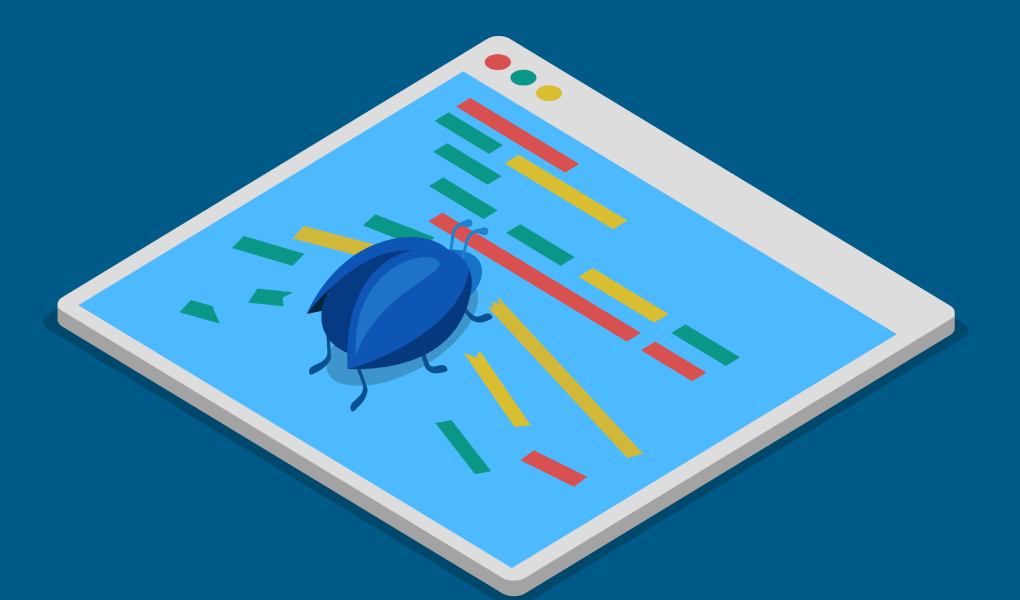A correct search index is required for the site to get into the issuance of search engines. It means the search engine has appreciated and remembered the page and will show it when the corresponding request is made.
Scanning is the initial stage when the system “sends” its robots, crawlers, or spiders to get acquainted with the site. “Running” through the pages, they read and index the data. After that, the search engine analyses the information, determines the keys for each page, and stores the data in the search index. Each search engine indexes according to its principles.
So, indexing in Google takes place on the mobile version of the site. At the same time, indexes in Google are constantly updated. More than 200 ranking factors determine the quality of pages and their relevance; the highest quality ones are selected, which fall into the issuance of the request. In this case, low-quality pages are lowered in the ranking but are not removed from the index.
Site architecture is of great importance in the effectiveness of crawling and indexing. The deeper the build and the farther the pages are from the home page, the harder it is for the system to identify them. And with many internal links, it becomes even more difficult for search engines.
Therefore, it is better to stick to a flat construction, which is more convenient for both robots and users. In this case, the rule of “three clicks” is preserved to get to the desired page from the main one.
Another point that helps search engines in indexing is properly configured internal links. They should lead from the main page to the most relevant pages. Robots detect such a connection faster, and nothing is lost during scanning.
To indicate the pages and their priority to the search robot and open or close certain pages, you must add the XML sitemap and Robots.txt files.
XML Sitemap (Site Map)
This tool includes a list of pages for which search engines crawl and index the site. For robots, the map is created in the XML sitemap format, which includes links that the system will rely on when indexing and considering when ranking. The system can also read the card by posts, tags, images, and by the last modification date.
And although the XML sitemap is less important for SEO than the mobile version of the site, it can contain important information for robots, such as:
- The date the page was last modified;
- Frequency of page refreshes;
- Site page priority.
You can test the correctness of the XML sitemap using the Google Search Console for web admins, which will show how and what the search engine sees the site when crawling. Sometimes in the indexing report, you can see that Google Search Console cannot fully render the content because a full crawl is not possible for some reason.
In this case, optimizers launch a “frog” on the site – the Screaming Frog program, which finds and shows almost all common problems or errors, such as broken links. SEOs can quickly make corrections or schedule larger work, such as fixing meta descriptions.
Robots.txt
Site indexing often goes slower than the optimizer would like. Various factors affect the speed of the process, from the number of pages to the crawl budget. But if the SEO specialist cannot influence the process, then it is quite possible to build a strategy for bypassing the site for the search robot.
Robots.txt is a file in which the SEO specialist specifies various information, for example, information about search robots or prohibits crawling certain pages. This helps the system to save time on unnecessary operations.
Mandatory information specified in robots.txt includes the sitemap address so that search robots can find it faster. You can also check the correctness of the file using the Google Search Console.
Also Read: The 10 Rules For Good SEO



